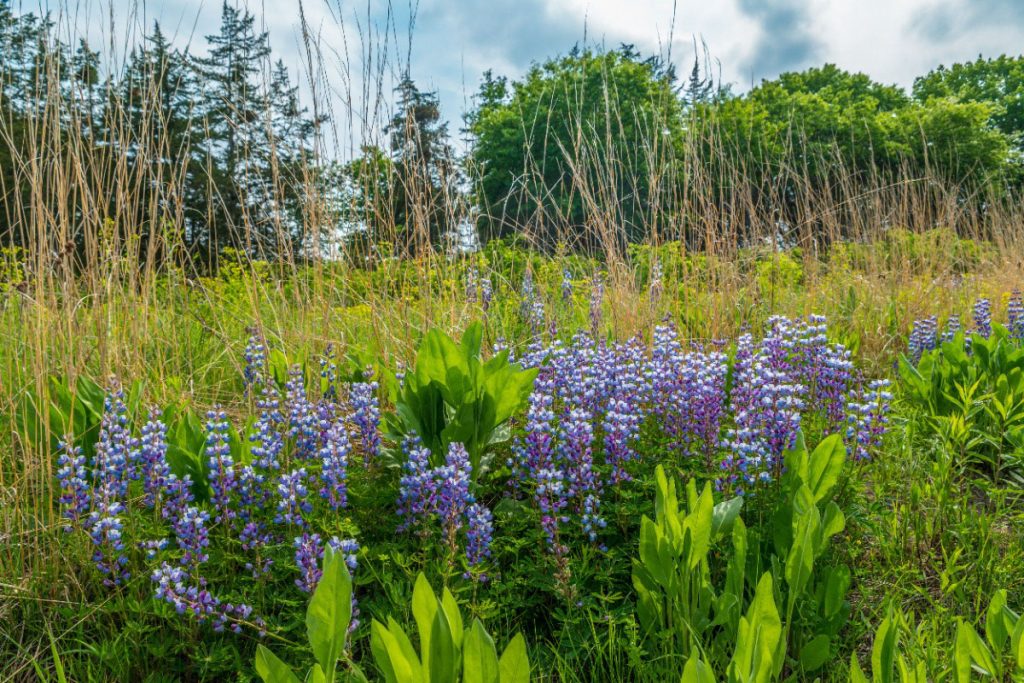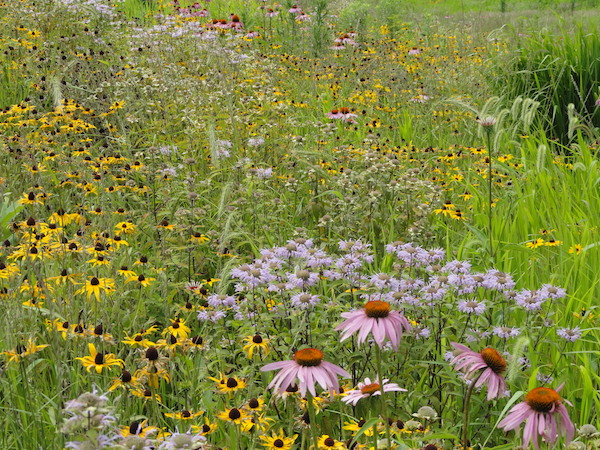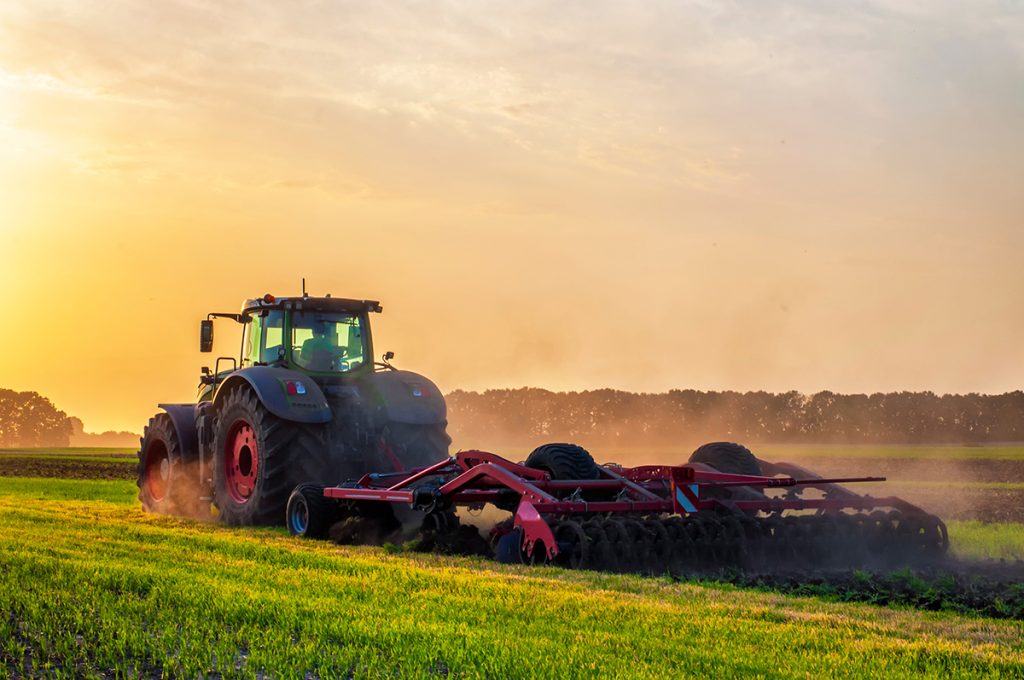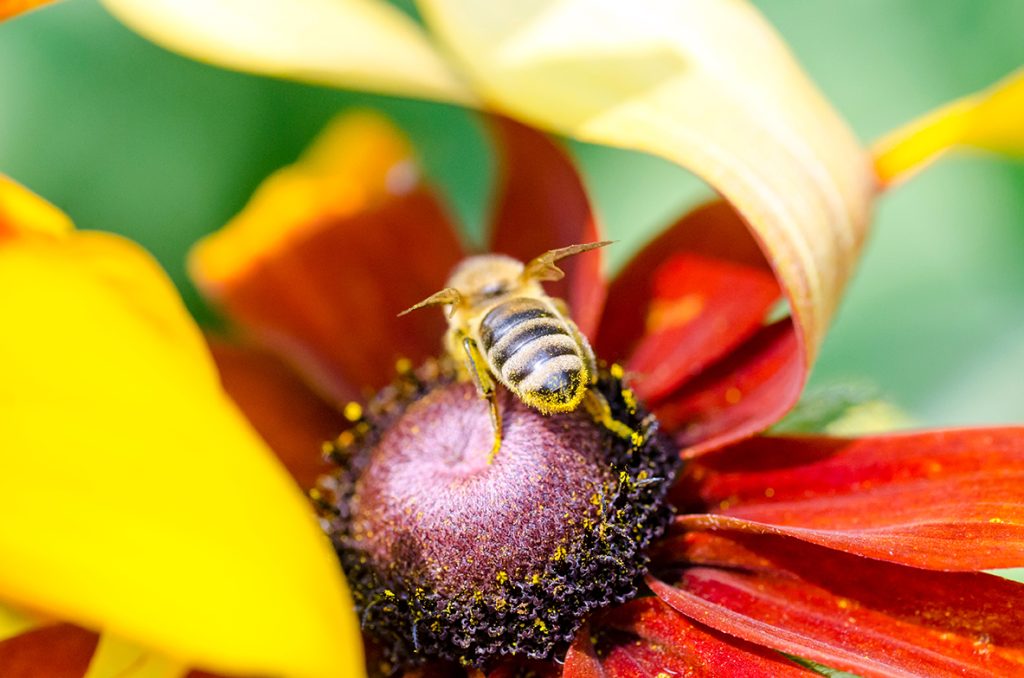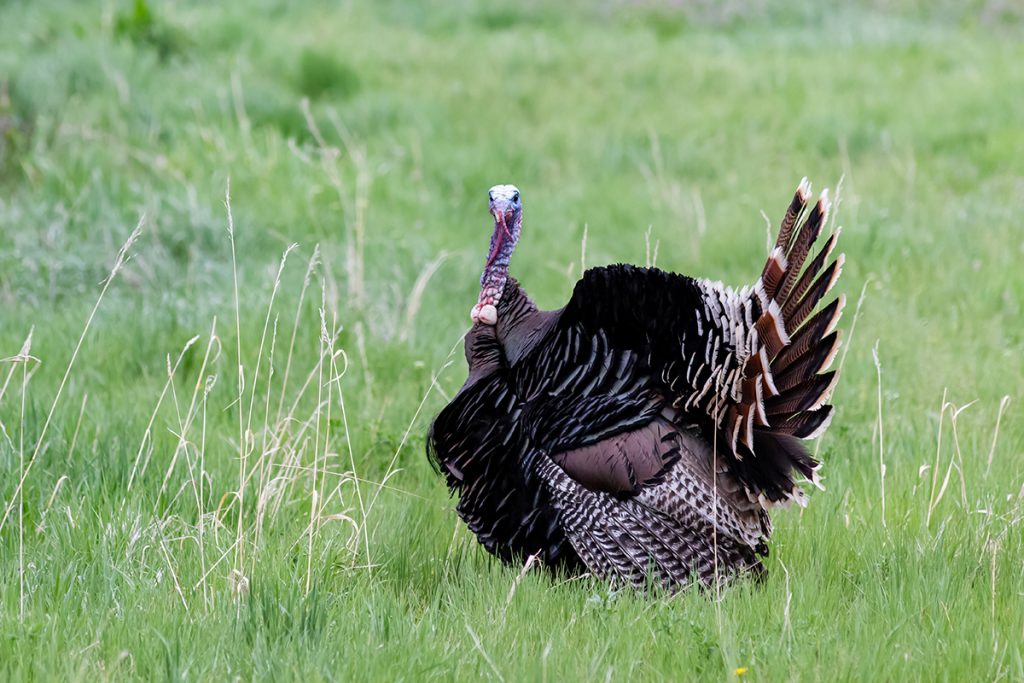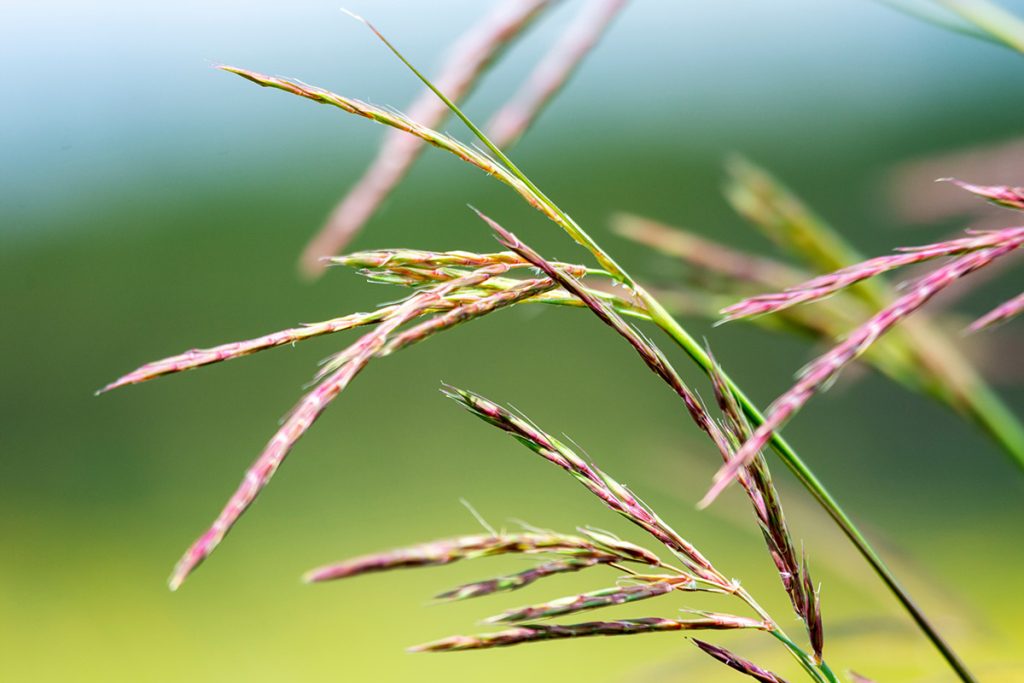What Plants are Best for Carbon Sequestration
As the effects of climate change build, many landowners are looking for methods to sequester carbon on their land. What plants are best? Read more to find out.
What Plants are Best for Carbon Sequestration Read More »

